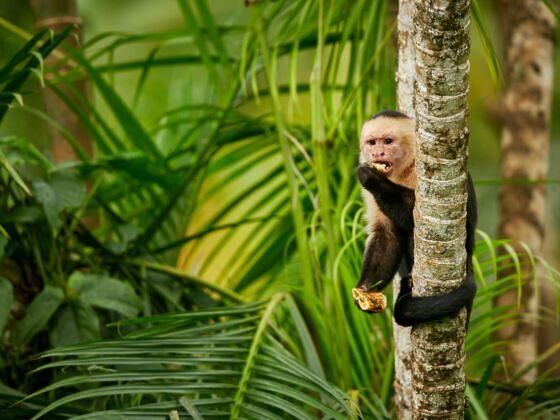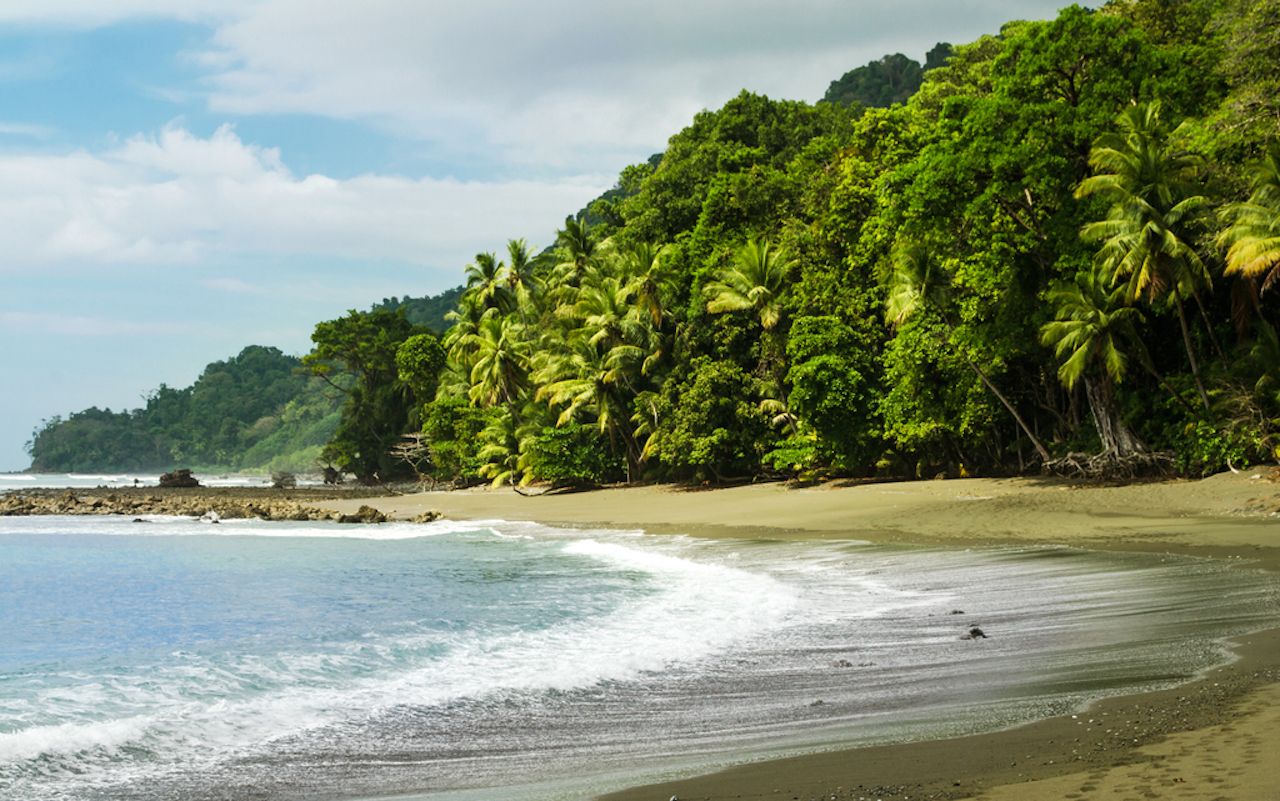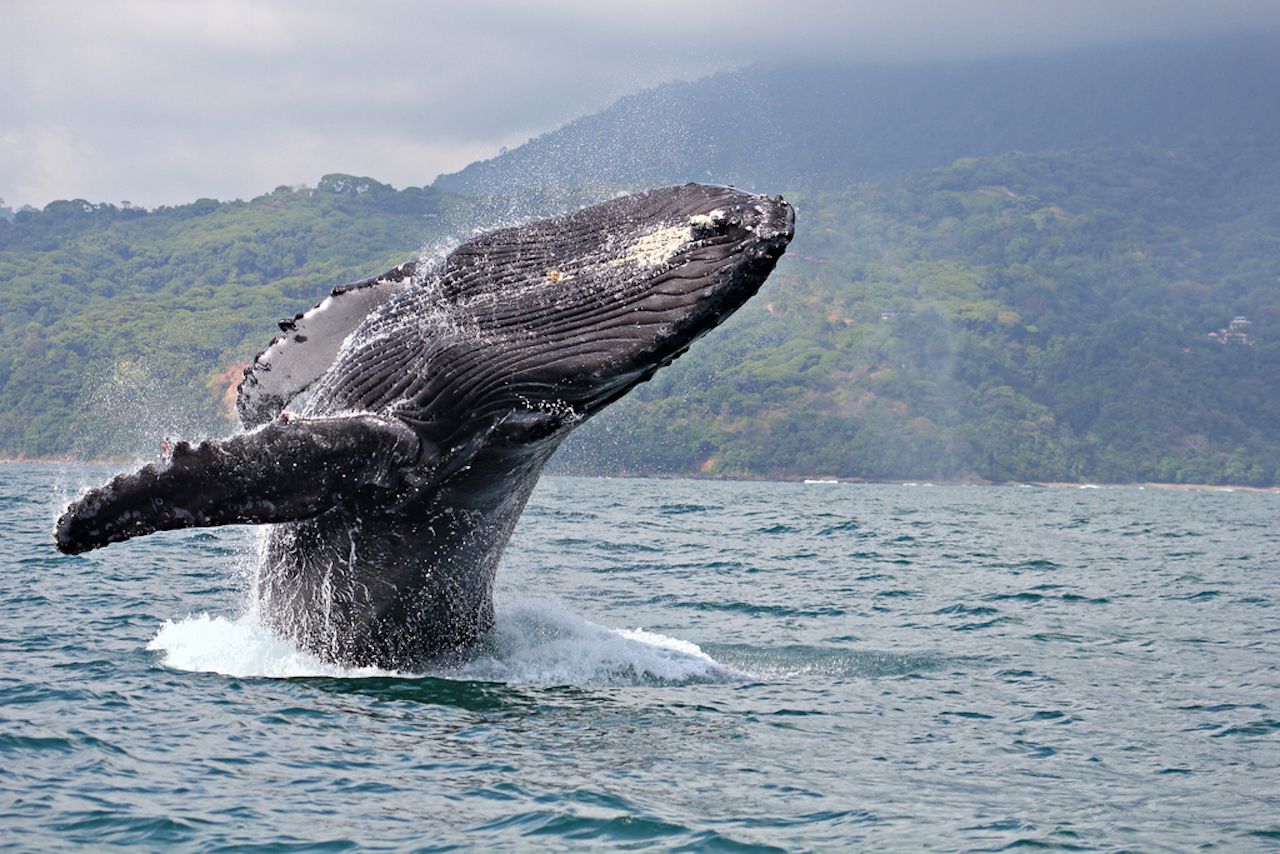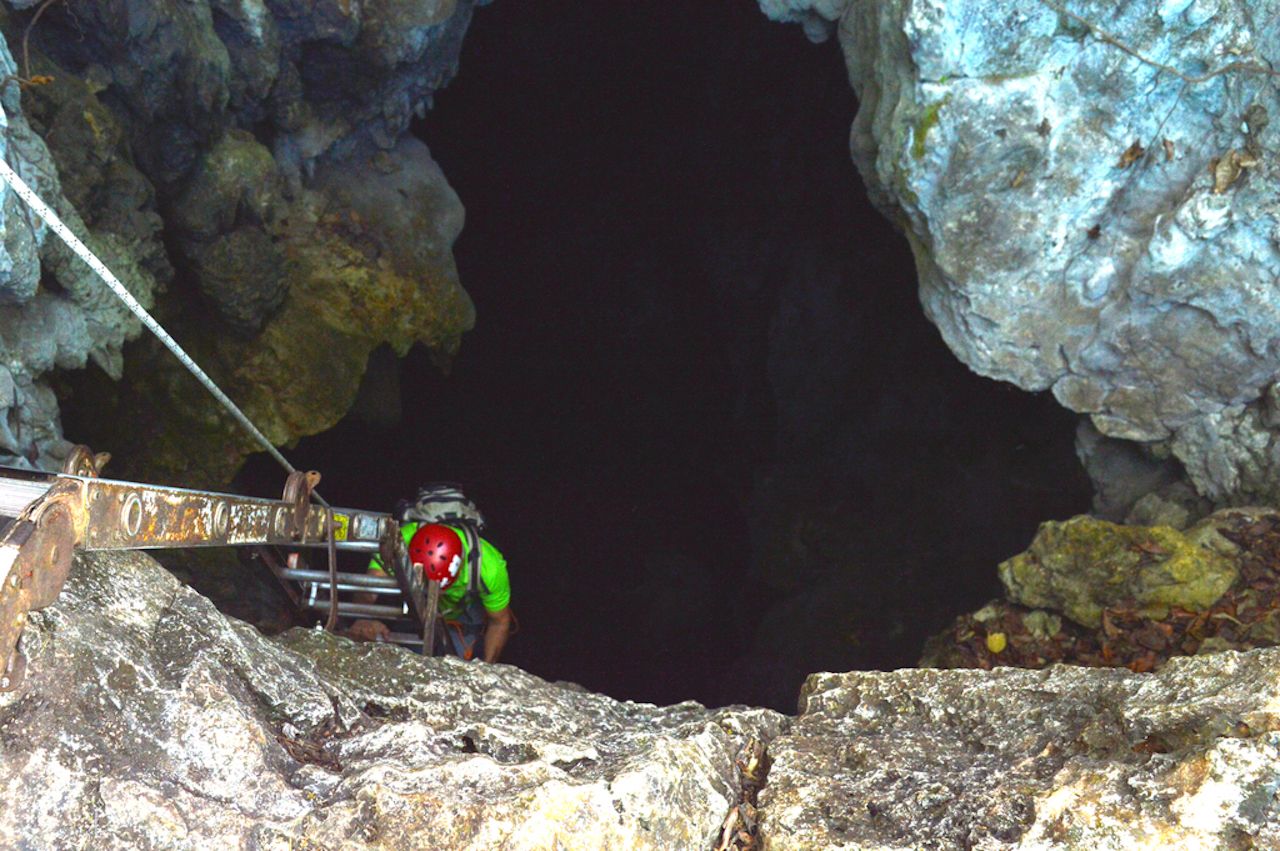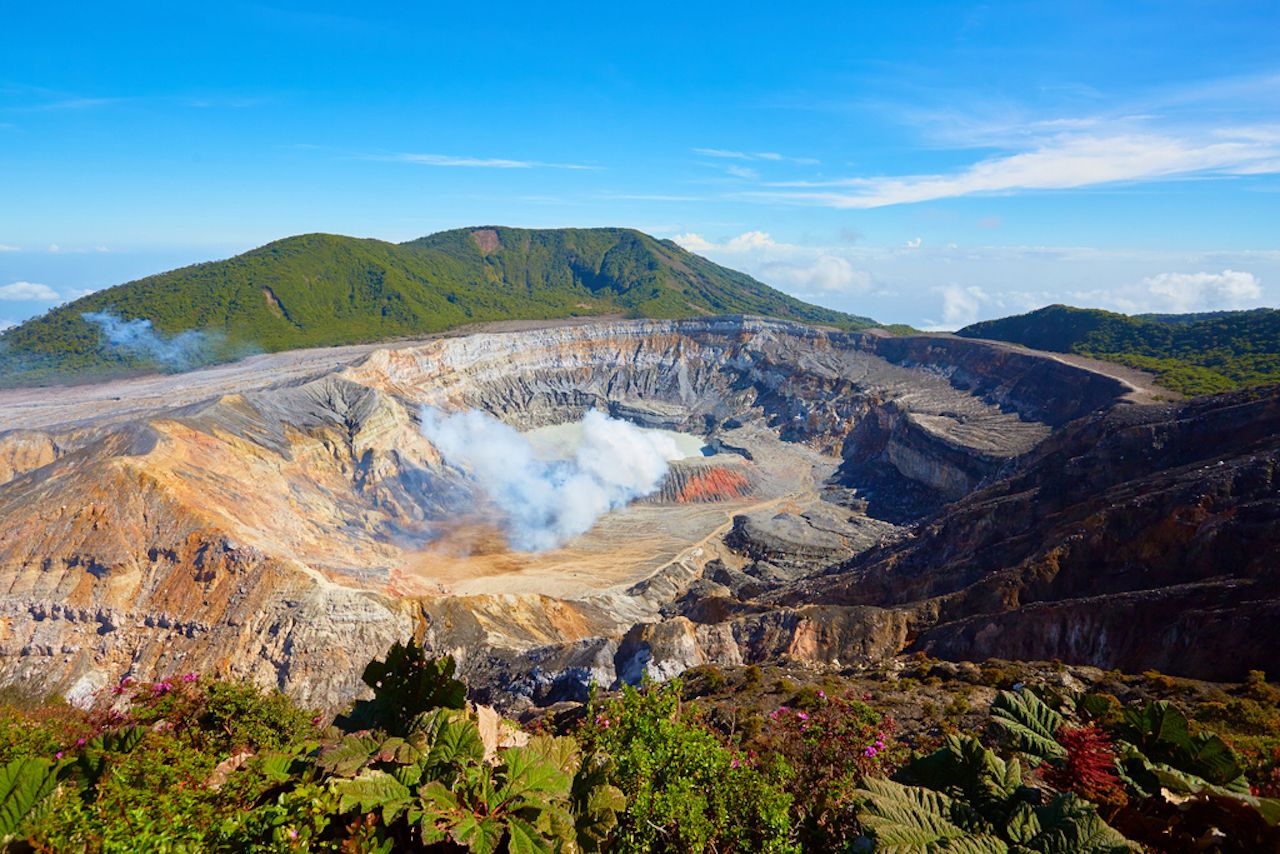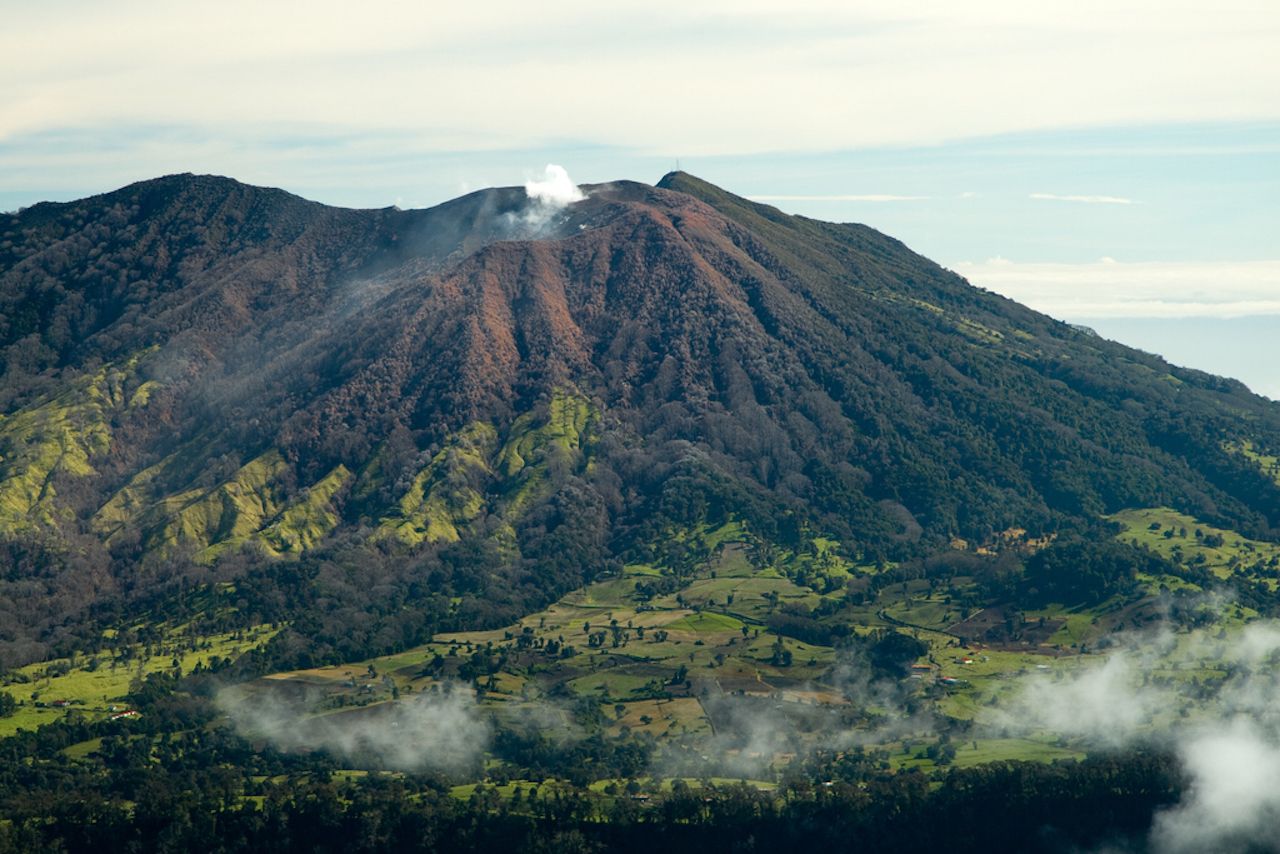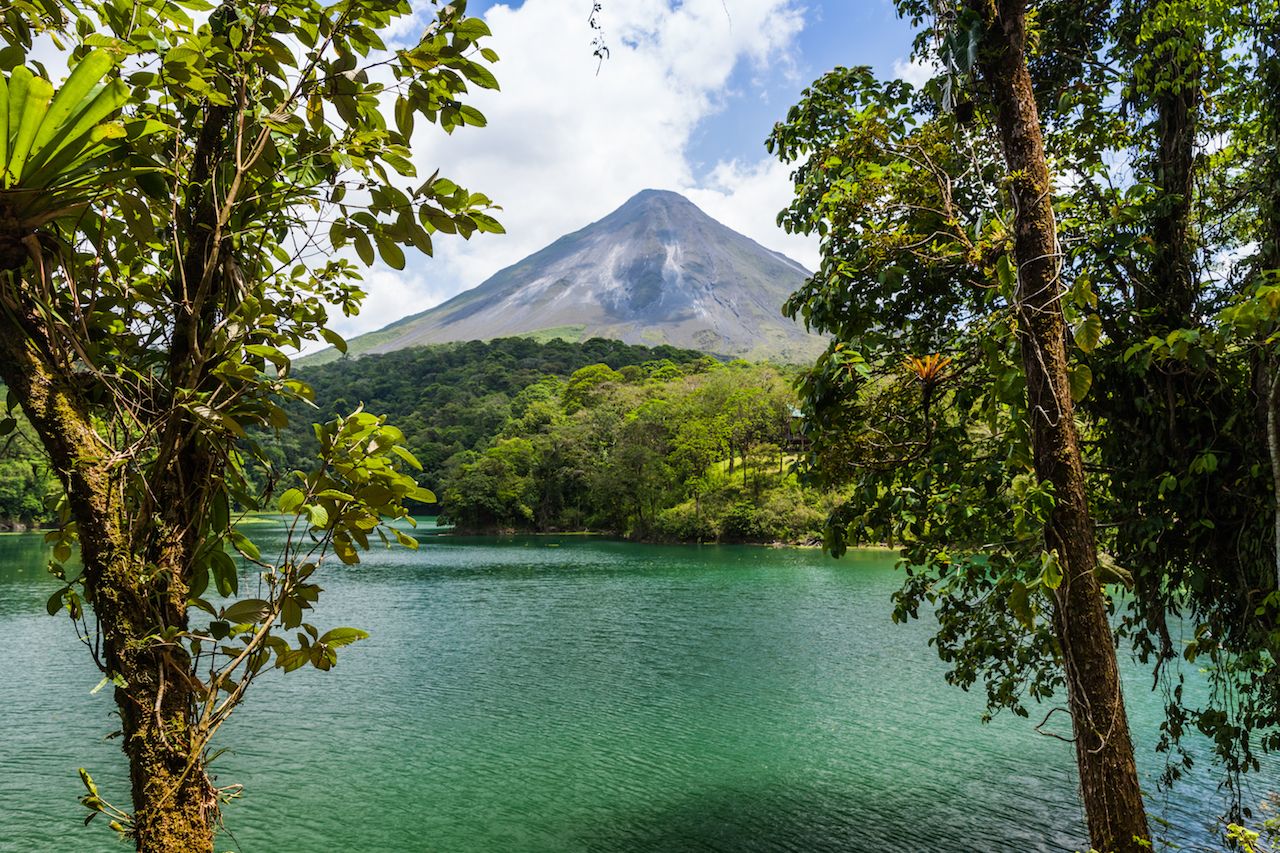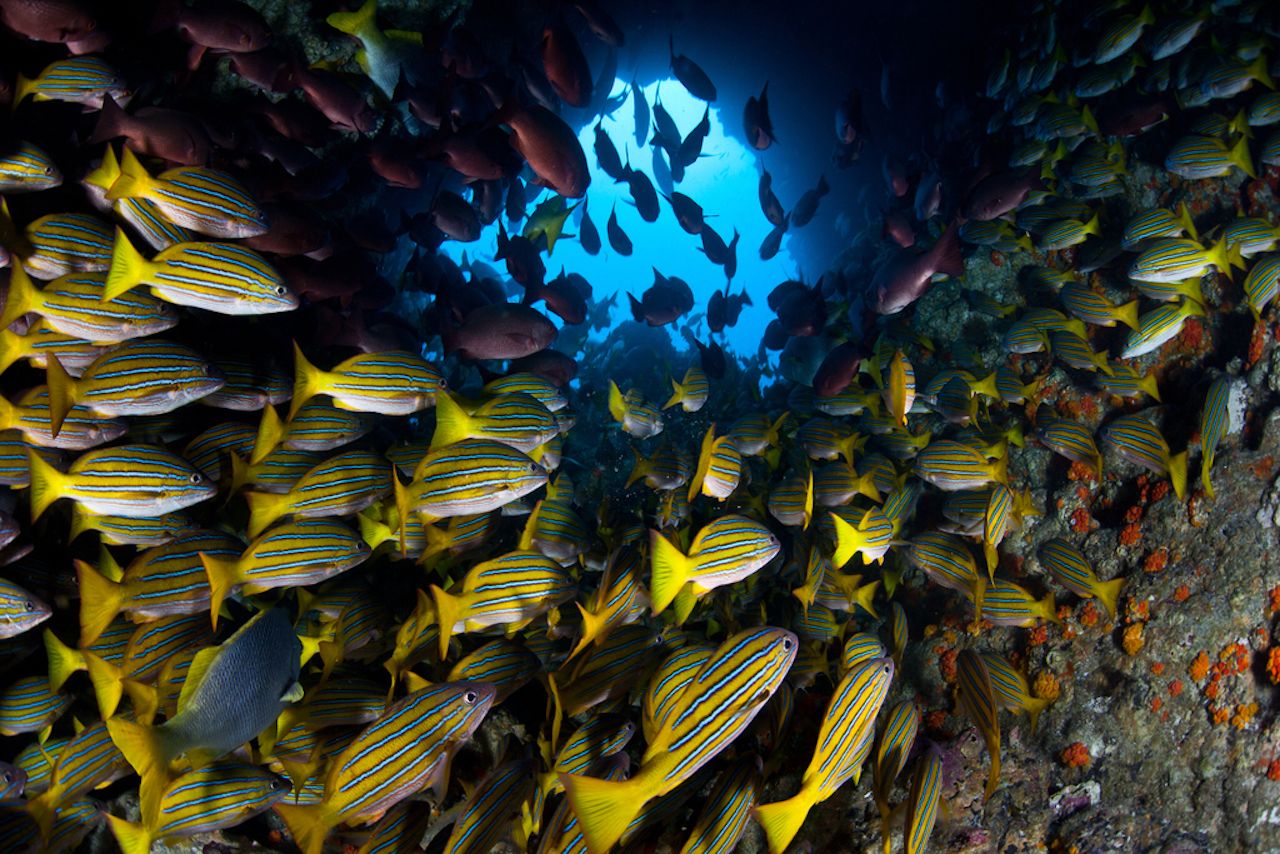While other countries have wreaked havoc on their lands, squandering priceless ecosystems to mine fossil fuels and precious metals, one Central American country has been busy designating an astonishing 28 national parks and reserves — shielding over 25 percent of its landmass from development, more than any other country in the world.
Costa Rica, the Rich Coast, has been living up to its name since as early as the ’80s by realizing that true national treasures don’t glitter, they grow. As if it wasn’t already far enough ahead in the race to save our planet, this year the country announced that by 2021 it will become the world’s first plastic-free and carbon-neutral country.
